7 biggest Computex 2019 announcements
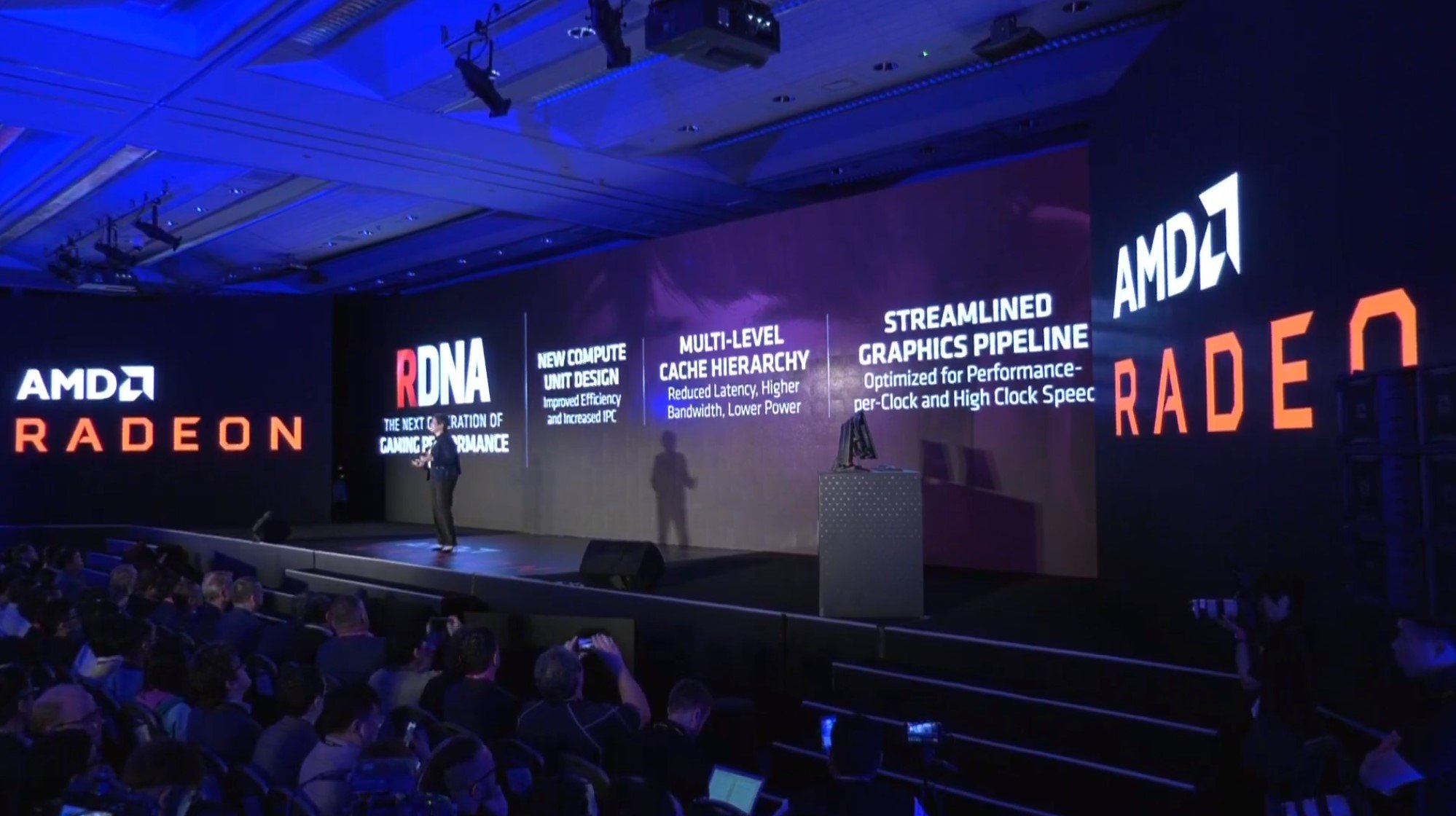
Computex 2019 is still carrying on in Taipei, but most of the major announcements from the annual tradeshow are now in the books. With that in mind, we've rounded up some of the biggest news to come out of Computex 2019. Whether you're looking for the latest from AMD and Intel, or the slew of awesome laptops announced at the show, we've got you covered.
AMD brings the heat with Radeon RX5000 preview, 7nm Ryzen 3000 CPUs
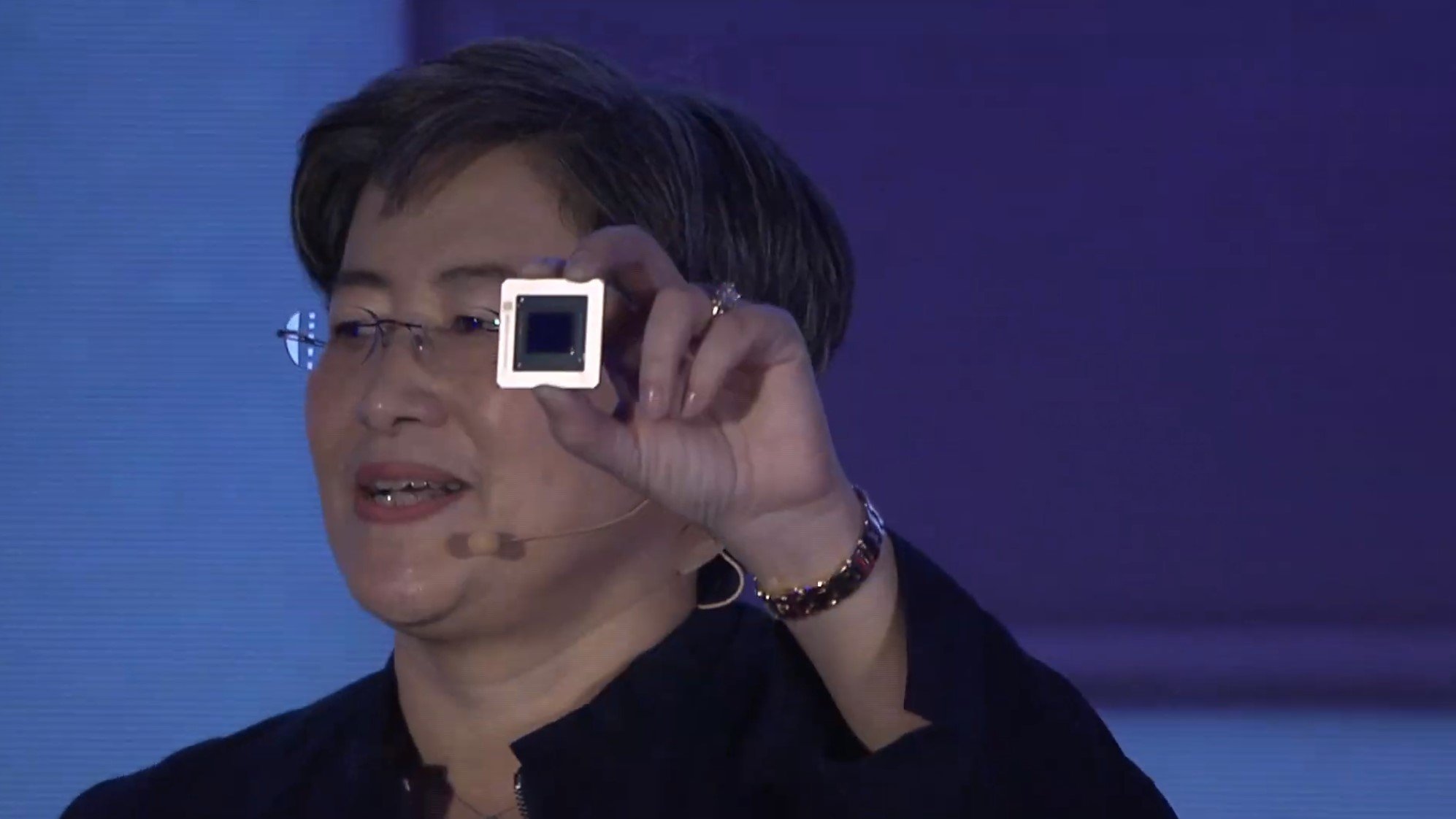
AMD has been gradually challenging NVIDIA and Intel over the past couple of years with its Ryzen processors and Vega GPUs, and the company made dialed things up even more at its Computex 2019 keynote.
First, AMD previewed its new Radeon RX5000 series graphics cards, based on its new "Navi" architecture. Built on a 7nm chip, AMD is promising the Radeon RX5000 series will feature 1.25 times the performance per clock and 1.5 times higher performance per watt, when compared to its last-gen Vega chips. Further, in a head-to-head benchmark with the game Strange Brigade, AMD showed a Radeon RX5000 series card netting around 10 percent better performance than NVIDIA's RTX 2070.
On the processor side of things, AMD unveiled its new Ryzen 3000 series of CPUs, based on its Zen 2 architecture. The range will initially include five new processors, all of which take advantage of increases to single and multi-core performance with reduced power draw. When compared to Intel's Core i9-9900K, the new Ryzen 7 3800X held its own quite well.
On top of general performance leaps, the Ryzen 3000 series is also aggressively priced. The base Ryzen 5 3600 comes in at $199, while the top-end Ryzen 9 3900X will retail for $499.
The Radeon RX5000 series is expected to launch in July, but pricing is a mystery for now. Check out our roundup of the best graphics cards for other great hardware. Meanwhile, the new Ryzen 3000 series is expected to go on sale starting July 7.
Intel launches 10th Gen CPUs, talks more about "Project Athena"
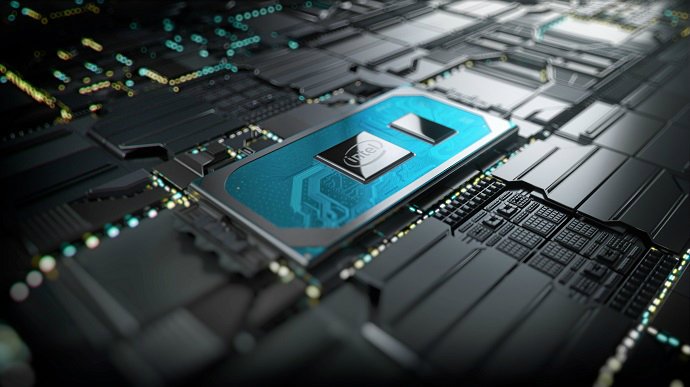
After much anticipation, Intel took to the stage at Computex 2019 to reveal its new 10th Gen "Ice Lake" chips are now shipping to manufacturers, with the first PCs using them set to launch by the holidays later this year. Encompassing new Core i3, i5, and i7 CPUs, the 10th Gen chips feature up to four cores and eight threads, along with a focus on improving performance for AI tasks and integrated graphics.
All the latest news, reviews, and guides for Windows and Xbox diehards.
The new chips also bring integrated Thunderbolt 3 and Wi-Fi 6 support, which can deliver speeds in excess of 1Gbps.
Intel also revealed the first targets for "Project Athena," an initiative similar to its "Ultrabook" push years ago. The goal of Athena is to push Intel's PC partners to innovate in the PC space with new form factors and features.
The first round of "Key Experience Indicator" (KEI) targets largely focuses on battery life targets and consistency, with Intel setting battery life expectations of upwards of 16 hours and the ability for the systems to wake from sleep in under one second. Other targets include Wi-Fi 6, Gigabit LTE, far-field voice recognition, and fast charging capabilities.
This is just the first iteration of Intel KEIs, and we'll likely see further iterations over the coming years as the PC space continues to evolve with foldable screens and more.
Intel's vision for dual-screen laptops
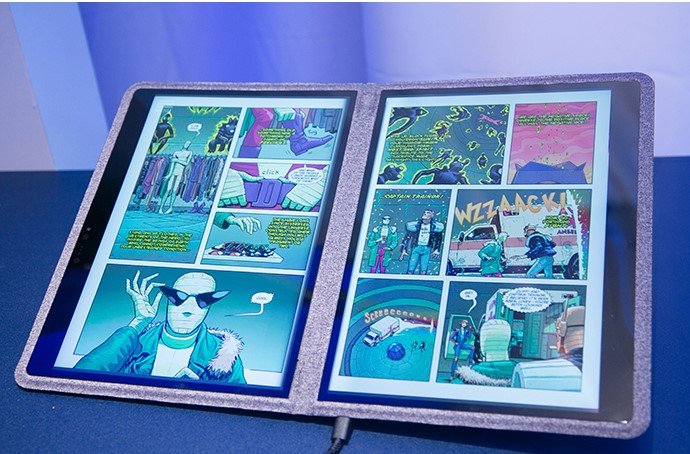
Speaking of Intel, the company had a couple of prototype laptops to show off at Computex as well. Codenamed Twin River and Honeycomb Glacier, the prototypes will never see a proper launch, but they act as a base for PC manufacturers to draw upon for their own dual-screen laptop ideas.
Twin River is potentially the most interesting of the two. The device features another screen where the keyboard would normally sit, and the entire thing is encased in a fabric exterior. It can be adjusted between traditional laptop and tent modes, and Intel paired it with a thin wireless keyboard that can be placed and used on top of the bottom display when necessary. When held in portrait mode, the device switches to a view that is suitable for books, with Intel showing off a comic reader and recipe app that take advantage of the orientation.
The Honeycomb Glacier device is more focused on gamers, adding a second display above the keyboard, intended to be the home for streaming and chat apps like Discord while the game occupies the main display. What makes the laptop unique, however, is its double-hinge setup. In addition to a normal laptop hinge for adjusting the main display, there's a second hinge below the second display that lets you tilt both screens toward you.
NVIDIA launches new Quadro mobile GPUs, RTX Studio laptop program for creators
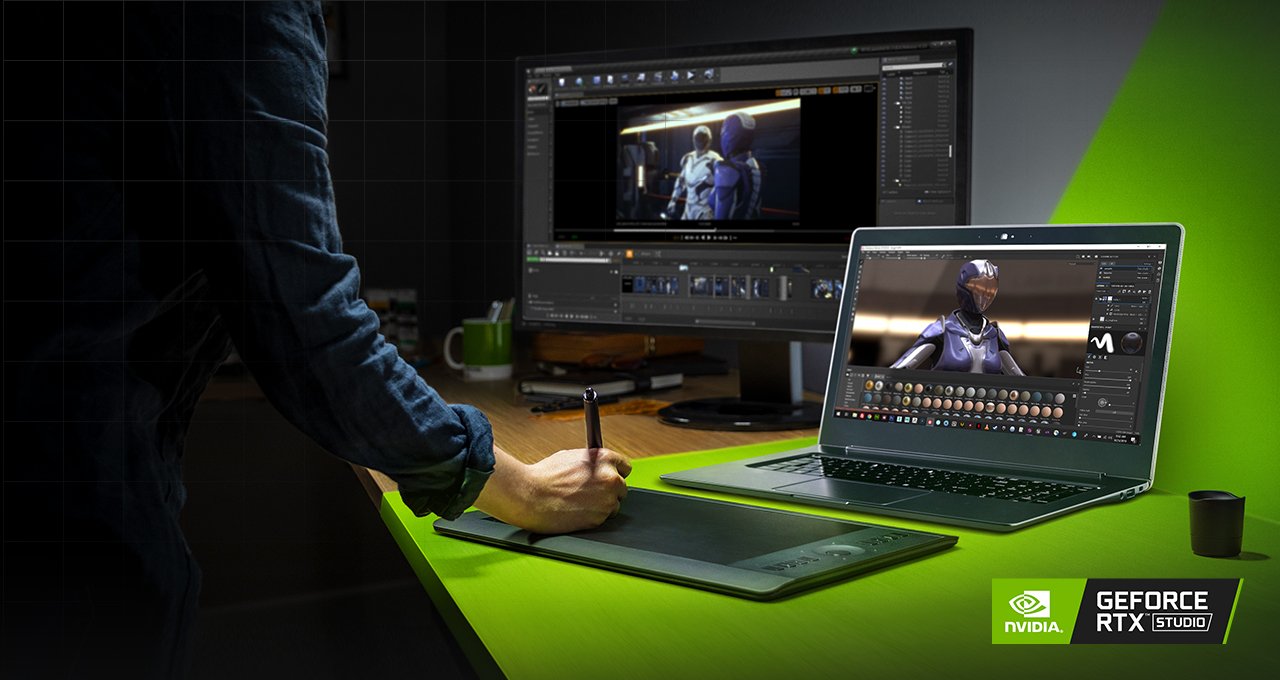
NVIDIA was all-in on catering to creative professionals with its Computex 2019 presentation. The company not only unveiled a new RTX Studio certification program for laptops, but also took the wraps off of a new range of Quadro RTX GPUs.
The RTX Studio program introduces a new badge for laptops that meet a specific set of hardware requirements to power creative apps from the likes of Adobe, Autodesk, and many more. Those requirements currently include GeForce RTX 2060 graphics and above, 16GB or more of RAM, 512GB and higher SSD storage, and Intel Core i7 and higher processors.
Additionally, RTX Studio-certified laptops will get access to NVIDIA's Studio drivers, which are tested with a wide range of creative apps in multi-app workflows to make sure the systems remain fast and stable.
All of this is in addition to a new range of Quadro RTX mobile graphics chips, which bring a ton of power to the table. On the top end is the Quadro RTX 5000, which packs 16GB of VRAM, allowing creatives to swap between resource-intensive apps with very little lag.
Lenovo and Qualcomm team up for 5G laptop
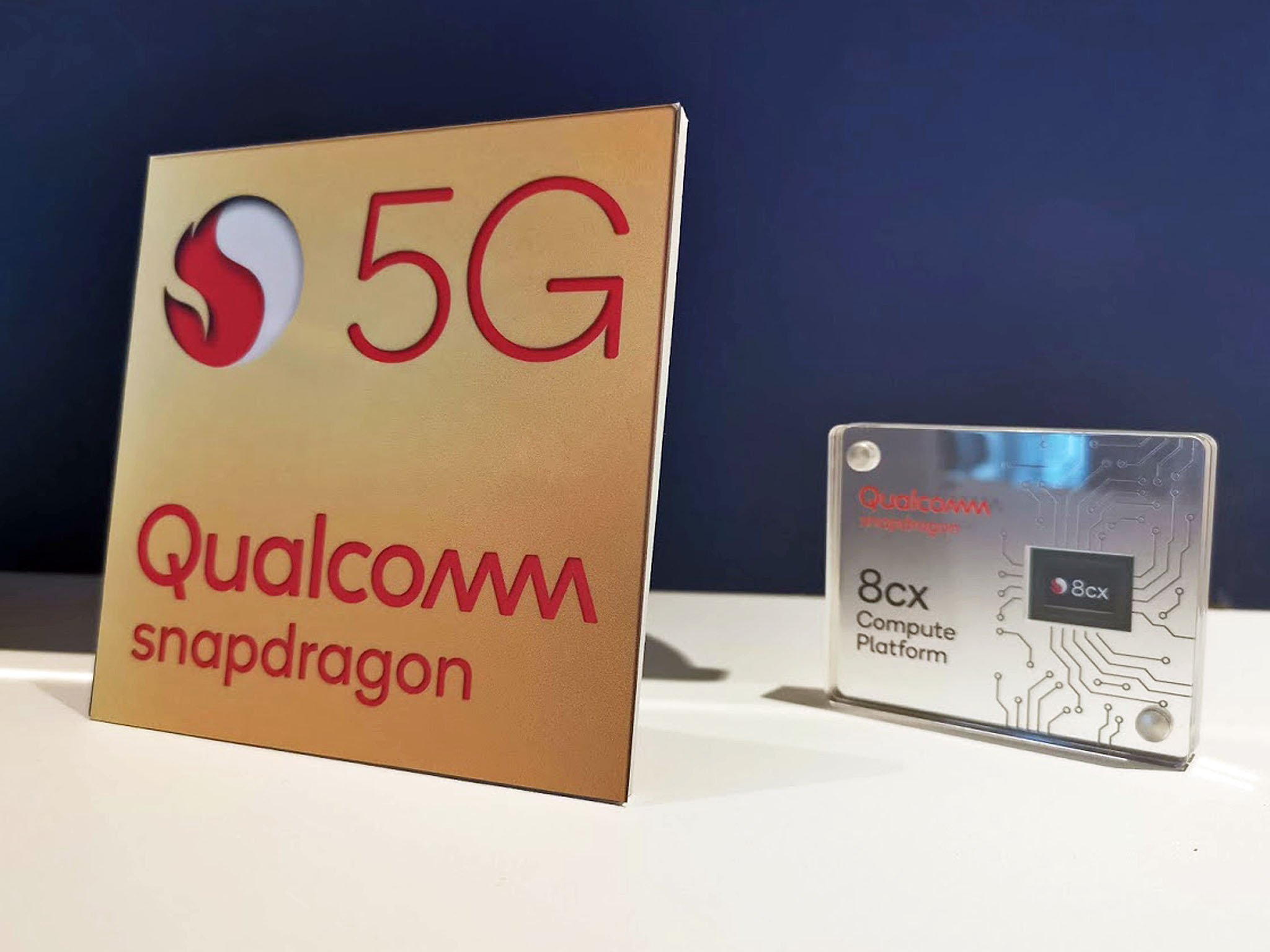
5G is all the rage in the smartphone space right now, and that's set to extend to laptops starting next year. We got our first peek at what's in store thank to Qualcomm and Lenovo, who have teamed up on an early prototype of a device that is expected to eventually begin shipping in 2020.
The laptop resembles the Yoga C630 with thinner bezels and improved hardware. Inside, the laptop is powered by Qualcomm's upcoming Snapdragon 8cx processor and the X55 5G modem. Taken together, that should make for an incredibly fast PC, in both processing and connection speeds. The Snapdragon 8cx, for example, went head-to-head against a Core i5 processor in a benchmark shown off at Computex, beating it in several key metrics.
The prototype laptop is part of a longer partnership between Lenovo and Qualcomm, dubbed "Project Limitless." Expect to see more from both companies, as well as additional 5G laptops, in 2020.
Impressive laptops abound
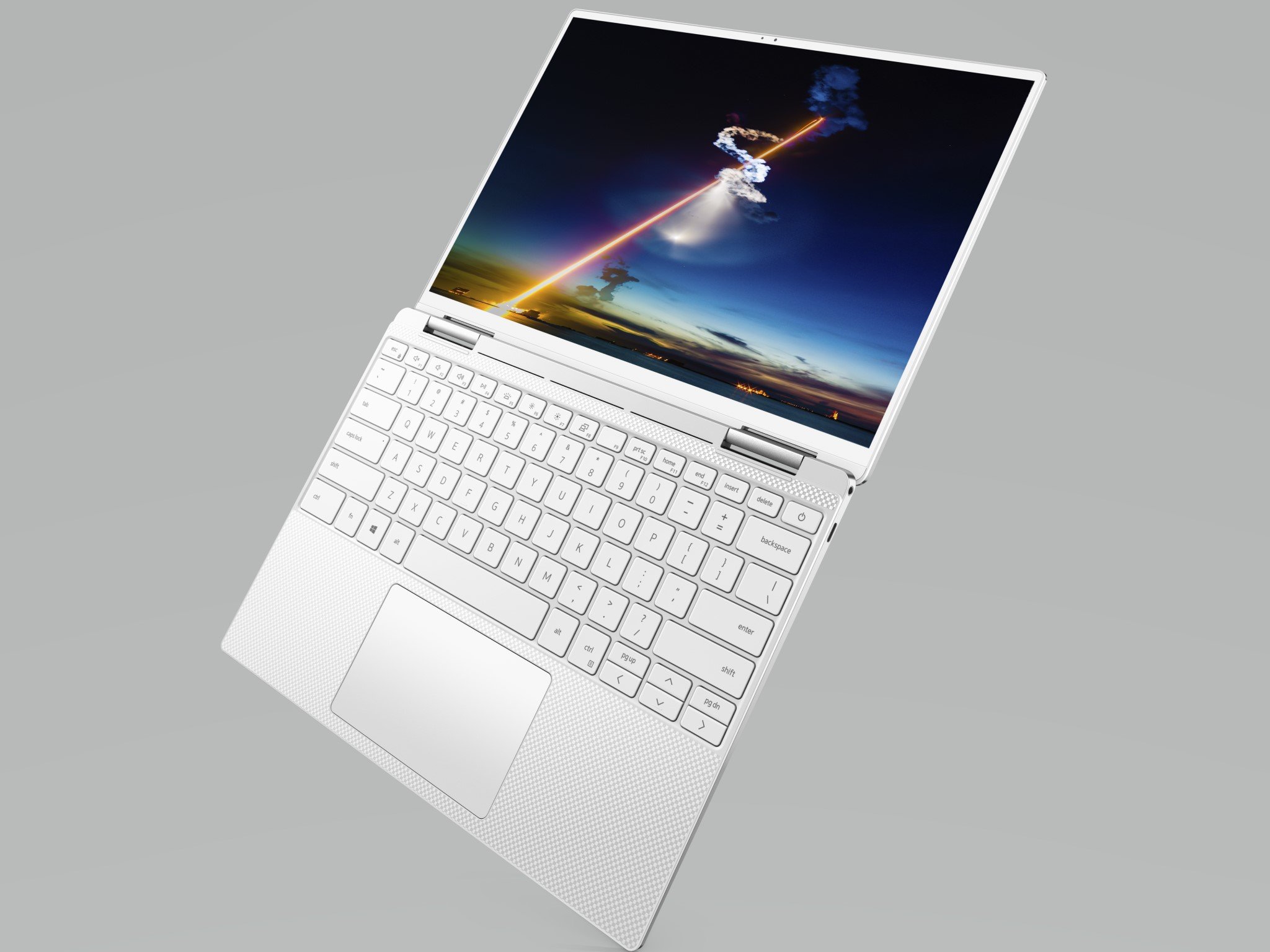
Computex is a place for companies to show off some of their latest ideas, so what would it be without a bevy of eye-catching laptops?
ASUS was present with its new ZenBook Pro Duo, which, similar to Intel's Honeycomb Glacier prototype, makes use of a handy second screen above the keyboard. Meanwhile, we saw several PC makers jump on NVIDIA's RTX Studio program with new laptops, including Acer's ConceptD 7, Razer's beefy Blade Studio Edition, and MSI's WS65 workstation.
Dell also made a big splash with updates across both its XPS and Alienware lines. We're already contemplating the new XPS 13 2-in-1's potential place as the year's best convertible, while the new XPS 15 has picked up a crisp new optional OLED display and GeForce GTX 1650 graphics. If that weren't enough, Alienware gave its m15 and m17 laptops a sleek new design and 9th Gen Intel chips.
Finally, HP has continued its experimentation with natural materials by bringing wood to its Envy lineup and leather and impressive battery life to its EliteBook range.
In other words, you won't find yourself wanting for variety with laptops this year.
Accessories and PC parts galore

If you're a fan of building your own PCs, or just want some new accessories to get your hands on, Computex didn't disappoint.
MSI, for example, launched a whole new range of x570 motherboards in support of AMD's new Ryzen 3 processors. The motherboards come with support for PCIe 4.0 for blazing transfer speeds, active chipset cooling, and Wi-Fi 6 on some models.
Speaking of PCIe 4.0, we started to see some of the first SSD storage that will take advantage of its increased bandwidth. AORUS took the wraps off of a 2TB SSD that can hit 5,000 MB/s sequential read and 4,400 MB/s sequential write speeds. Corsair revealed a PCIe 4.0 SSD of its own that sports similar speeds.
If a new PC case is on your radar, we saw NZXT unveil its revamped H-Series, which looks pretty slick with plenty of builder-friendly features. Meanwhile, Razer debuted an overhaul of its accessories and peripherals in a crispy "Mercury White" aesthetic.
And more
Those are just some of the biggest highlights from Computex 2019, and there was certainly a lot to take in. For more, check out all of our Computex 2019 coverage.
Cheap PC accessories we love
Take a gander at these awesome PC accessories, all of which will enhance your Windows experience.
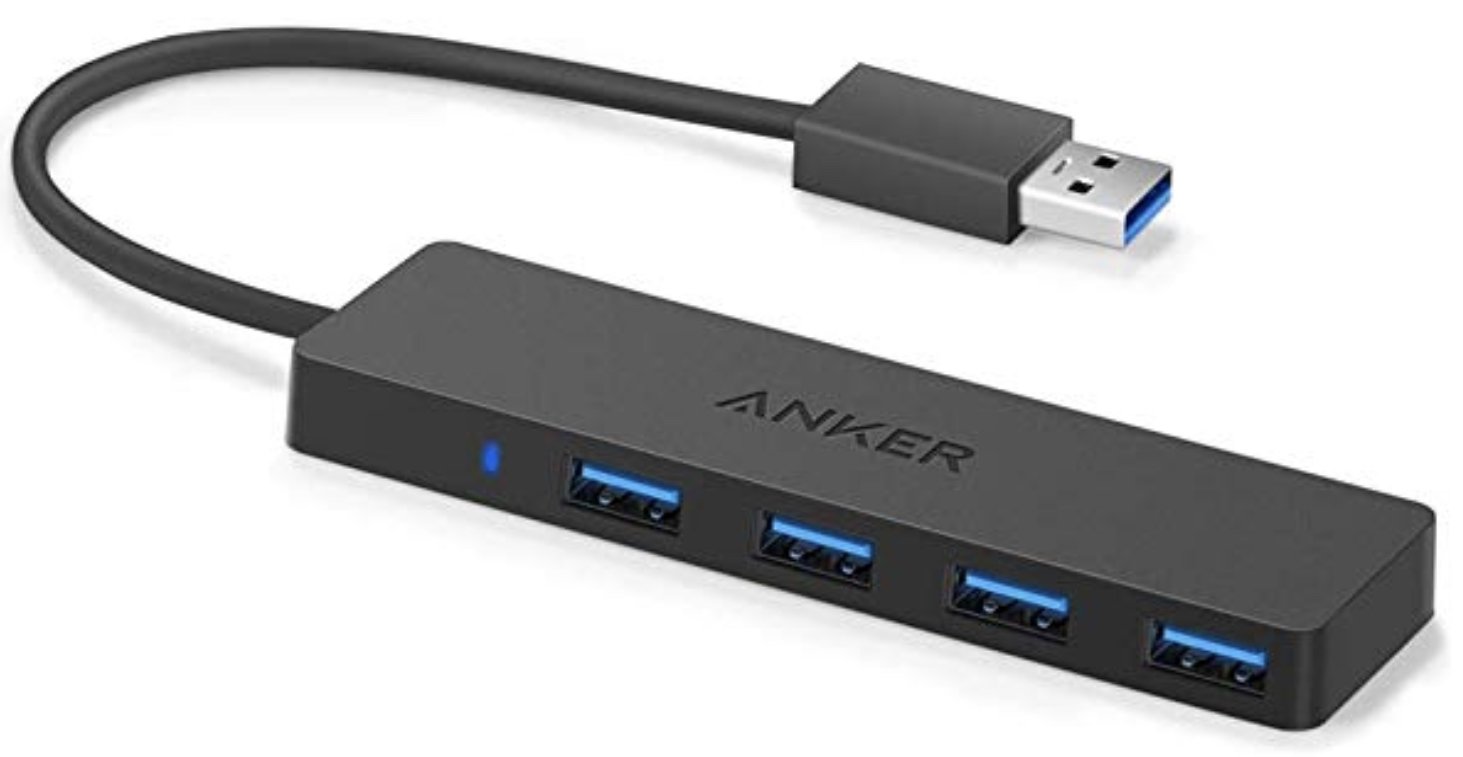
Anker 4 port USB 3.0 hub ($10 at Amazon)
Whether on a desktop or laptop PC, you always need more ports to connect things to. This hub gives you an additional four USB 3.0 Type A ports.
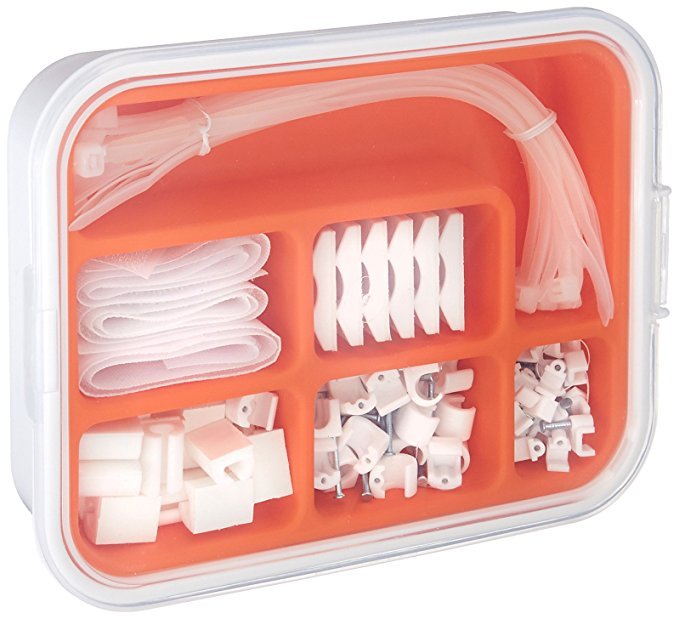
Ikea Fixa Cable Management System ($11 at Amazon)
This IKEA cable management kit is your ticket to a clean setup. It's simple and functional.
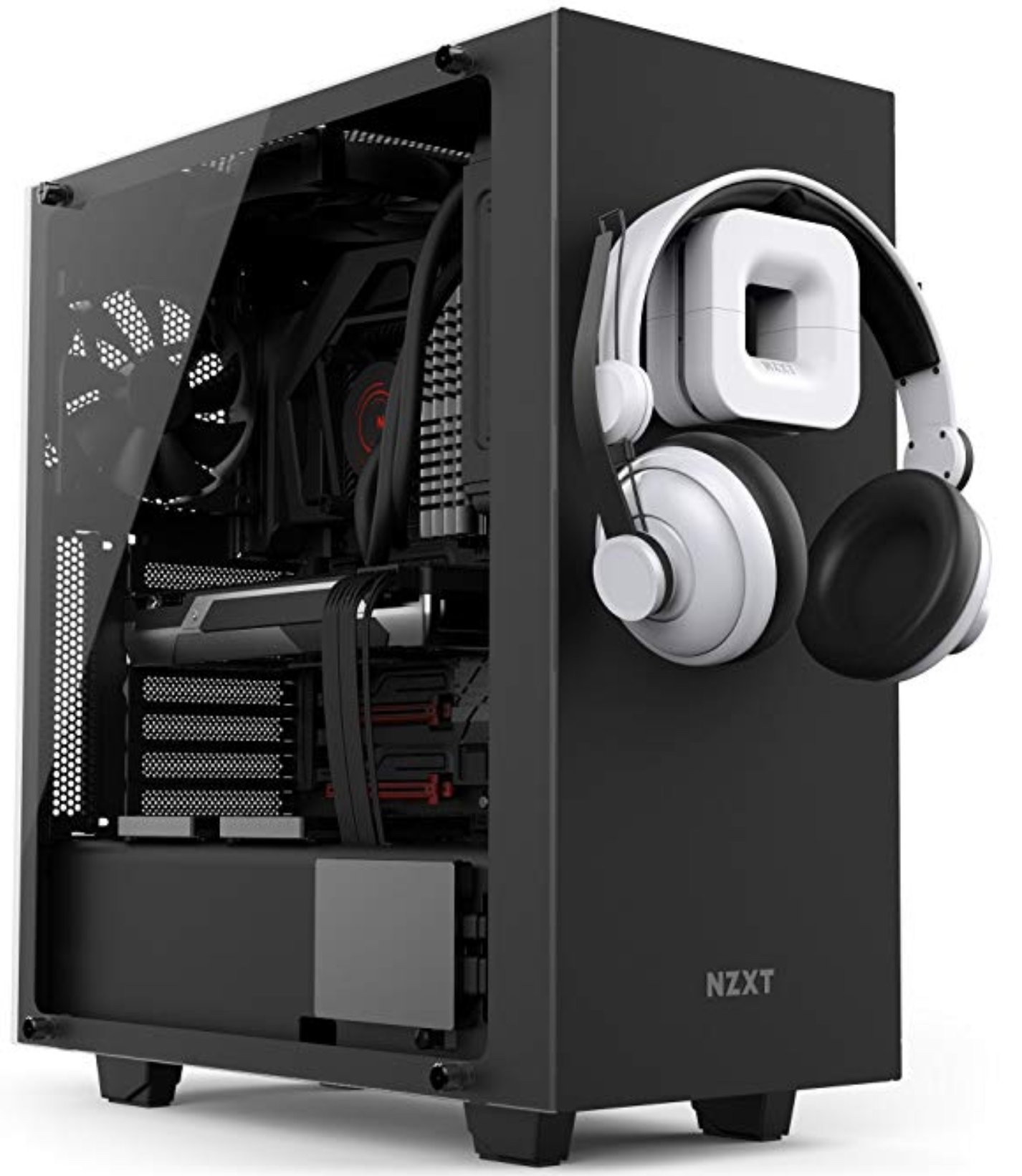
NZXT Puck ($20 at Amazon)
This clever little accessory has powerful magnets on the rear to make it stick to any of the metal panels on your PC case or anything else. It's great for hanging accessories like headsets.

Dan Thorp-Lancaster is the former Editor-in-Chief of Windows Central. He began working with Windows Central, Android Central, and iMore as a news writer in 2014 and is obsessed with tech of all sorts. You can follow Dan on Twitter @DthorpL and Instagram @heyitsdtl.
